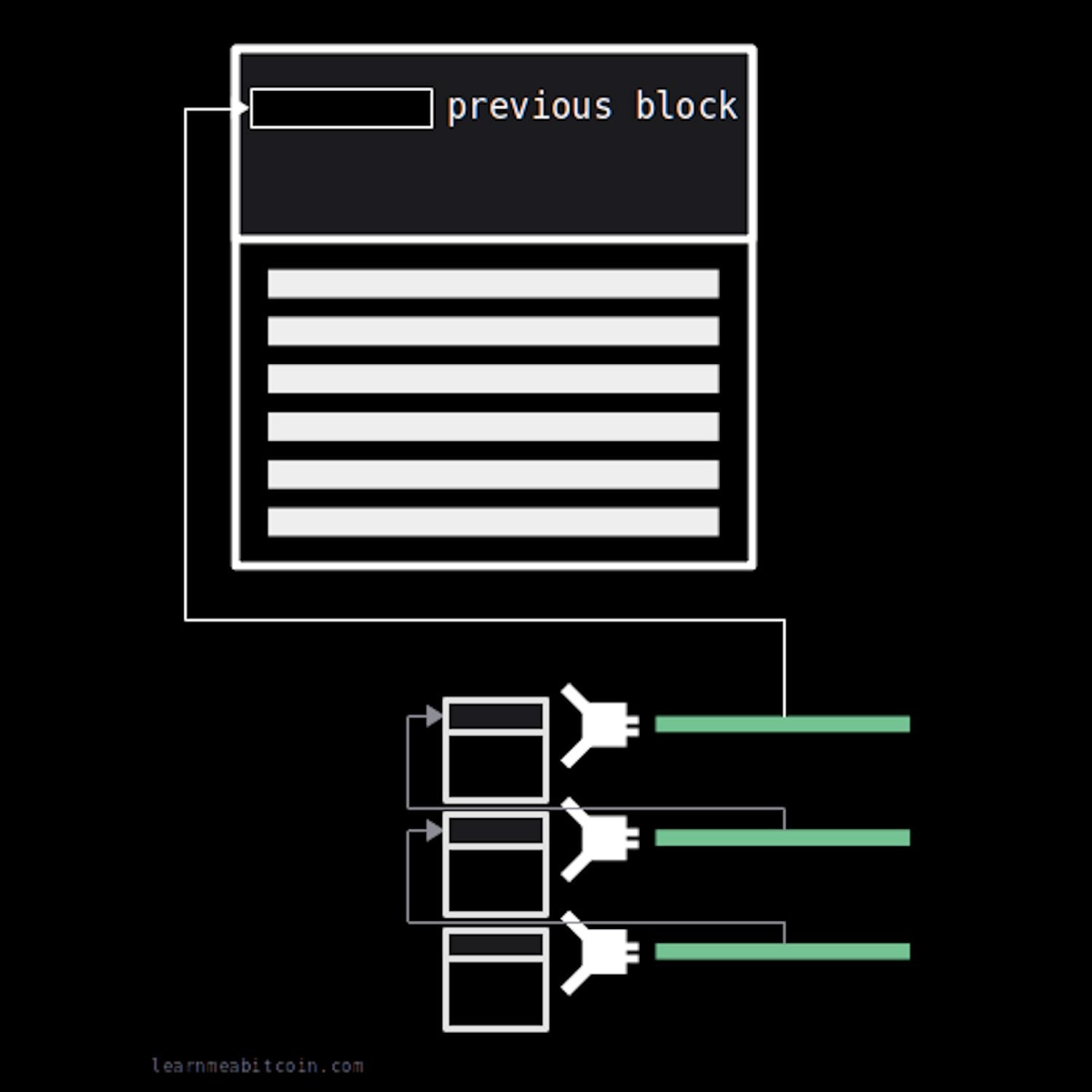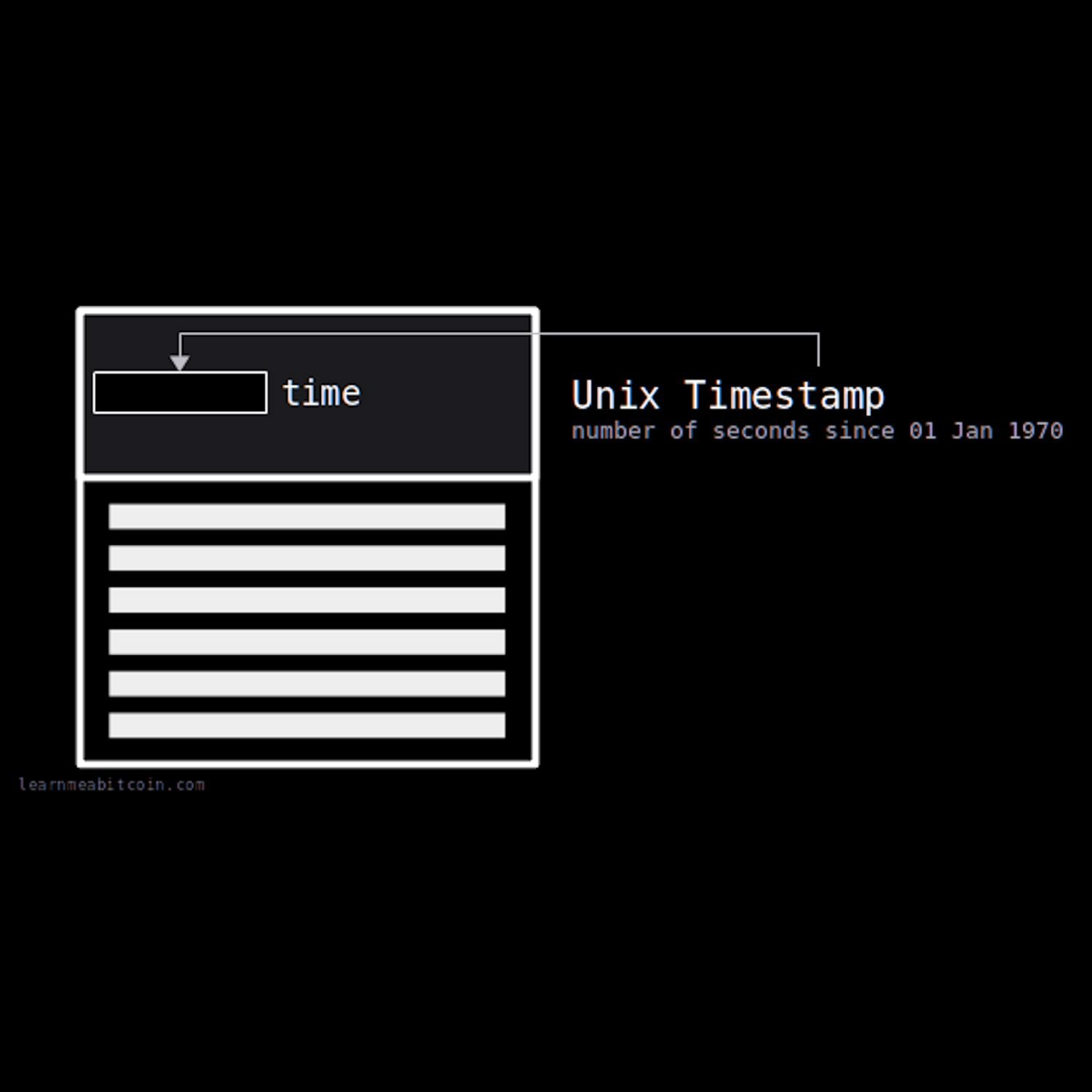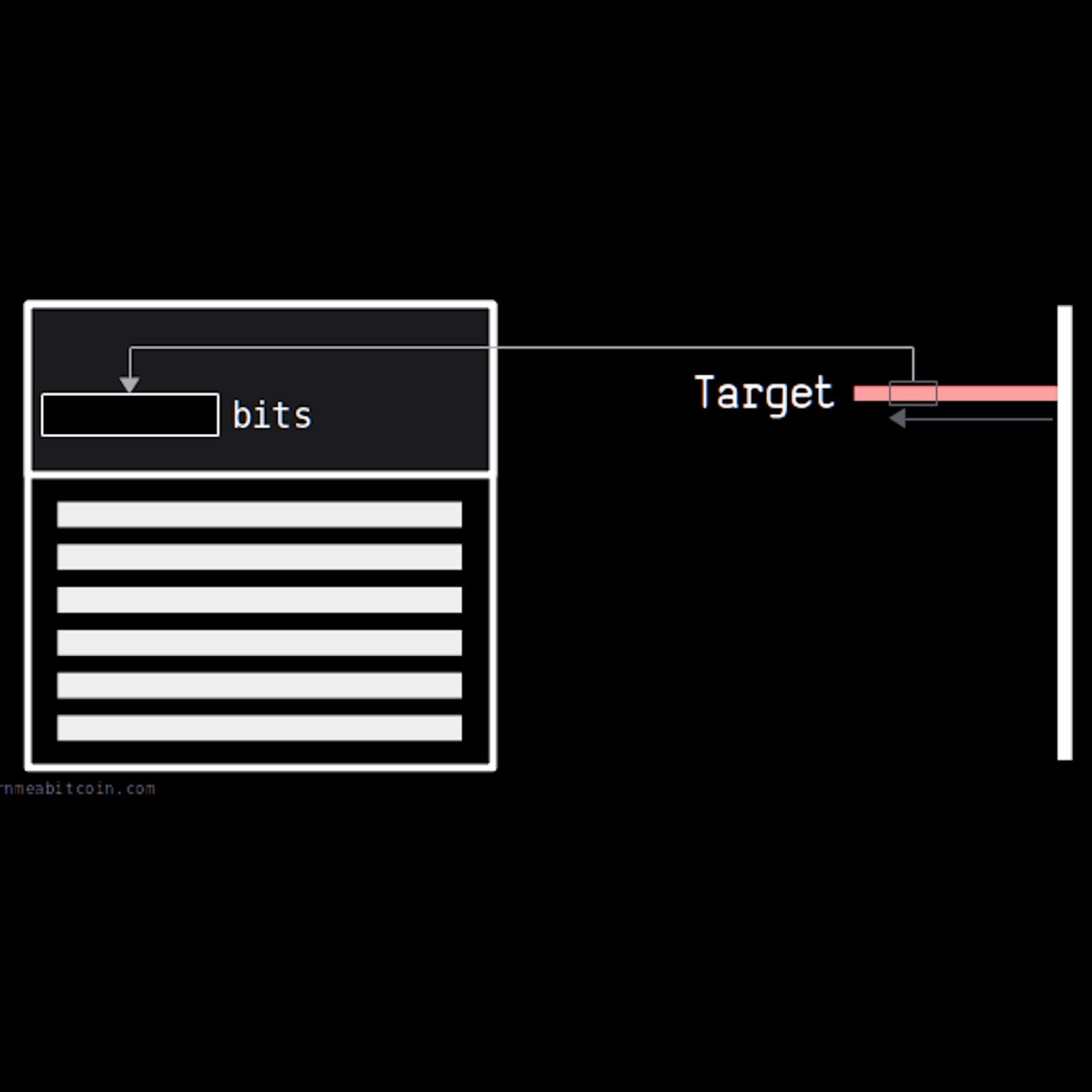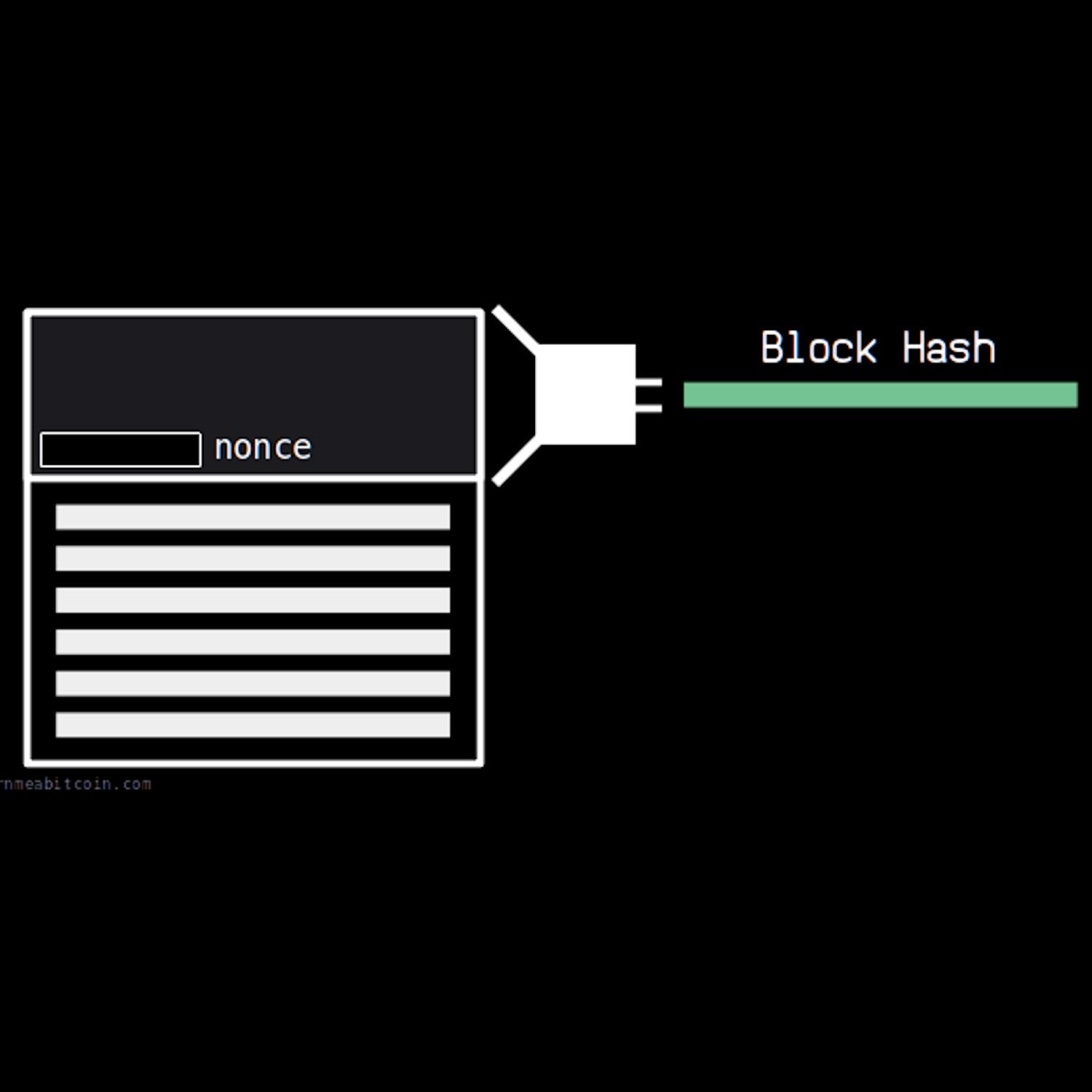As Jon was chasing a raccoon out of his chicken coop, Max's questions came pouring in, demanding clarity on block templates, candidate blocks, and the components of a completed block. Despite pausing to bust a cap in a raccoon’s ass, Jon explained that miners use a block template as a guide to construct a candidate block, ensuring each field adheres to network protocols.
The components are version number, previous block’s hash, Merkle root, timestamp, difficulty target, and nonce. Even while covered in chicken blood, feathers, and brains, Jon’s dedication to unraveling the complexities of Bitcoin mining for Max was unwavering.
Let's break down the block components that Max was so eager to understand.
- Block Version Number: This indicates the version of the block and can be used to implement changes to its structure and format. It can also signal a miner’s choice on software and protocol upgrades or changes. The interplay between signaling, activation, and their relationship to soft forks is an intriguing topic, though it is beyond the scope of this discussion. It’s more than likely Max will call again to discuss this in greater detail.
- Previous Block Hash: This serves as a reference to the previous block in the blockchain and is used to link blocks together, ensuring that the miner is working on the longest valid chain.
- Merkle Root: This is a hash of all the transactions included in the block, ensuring their integrity and validity. The Merkle root is a key component of the Bitcoin block header, summarizing the contents of all transactions into a single, 32-byte value. Transactions are grouped into pairs and hashed together, forming new sets of hashes until a single hash, the Merkle root, is generated. This root is included in the block header and broadcast to the network whenever a new block is mined. When a node receives a block, it uses the Merkle root to verify the integrity of the transactions without validating each one individually.
- Timestamp: This records the time at which the block was created. The timestamp is derived from the miner's local clock and can vary based on the clock’s accuracy and synchronization with other network nodes. If a block is propagated slowly across the network, the timestamp might not reflect the actual creation time. The timestamp is based on the number of seconds from Midnight, January 1, 1970.
- Difficulty Target: This value sets the target for the mining difficulty, determining the level of effort needed to find a valid block. The difficulty target is encoded as a 256-bit number representing the required computational effort. It’s adjusted every 2016 blocks to maintain stability and security, aiming for the consistent 10-minute block target.
- Nonce: This is a random value miners use to try different combinations until they find a valid block. The nonce is incremented in the block header as miners compute the block candidate’s hash. If the hash is less than the difficulty target, the block is valid and can be added to the blockchain.
Look for future phone calls between Max and Jon as Max inconsiderately peppers Jon with questions about block creation.
[[LINKS]]
VALUE FOR VALUE
Thanks for listening you Ungovernable Misfits, we appreciate your continued support and hope you enjoy the shows.
You can support this episode using your time, talent or treasure.
TIME:
- create fountain clips for the show
- create a meetup
- help boost the signal on social media
TALENT:
- create ungovernable misfit inspired art, animation or music
- design or implement some software that can make the podcast better
- use whatever talents you have to make a contribution to the show!
TREASURE:
- BOOST IT OR STREAM SATS on the Podcasting 2.0 apps @ https://podcastapps.com
- DONATE via Paynym to JON @ https://paynym.rs/+idealpresident82
- DONATE via Monero @ https://xmrchat.com/ugmf
- BUY SOME STICKERS @ https://www.ungovernablemisfits.com/shop/
ALTAIR TECHNOLOGIES
Altair Tech is your one-stop shop for pleb mining supplies. They carry Bitaxes, Urlacher Conversion Kits, Bitmain Antminers, Shrouds, etc. Anything you can think of when it comes to Bitcoin Mining :).
Use the affiliate link above and don't forget to use code UNGOVERNABLE at checkout.
(00:00) Welcome To Bitesize Bitcoin!
(00:34) Talkin' Block Templates with Jon













